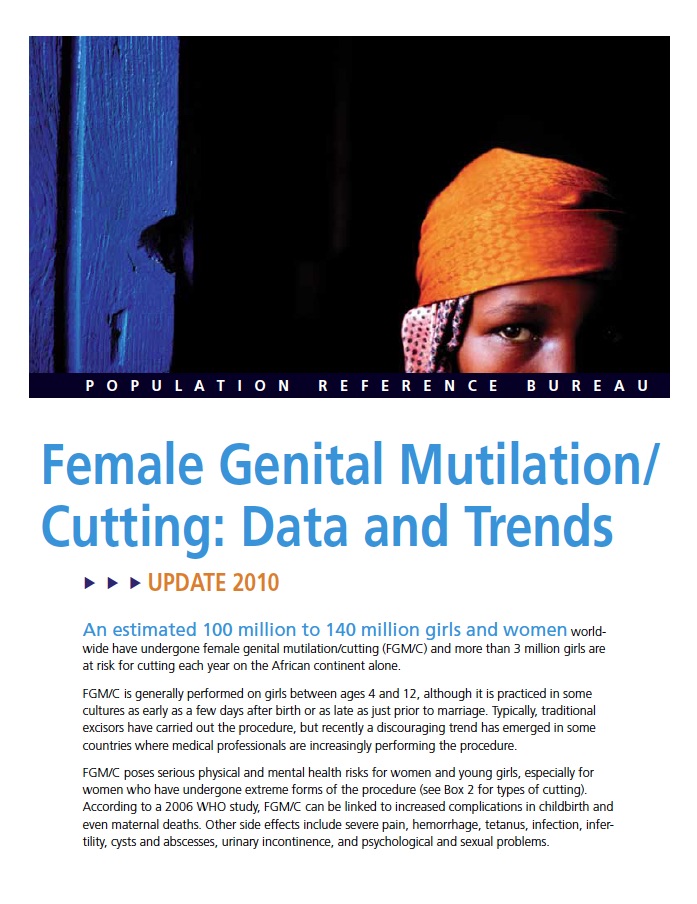Gender Inequality at Work
(2004) Women's increased participation in paid work is a central change in gender relations over the last 50 years. The question is no longer whether the average woman will work or not, but rather when during her life course she will work. Most women now work—women at all education levels, of each racial and ethnic group, and across successive family statuses.


